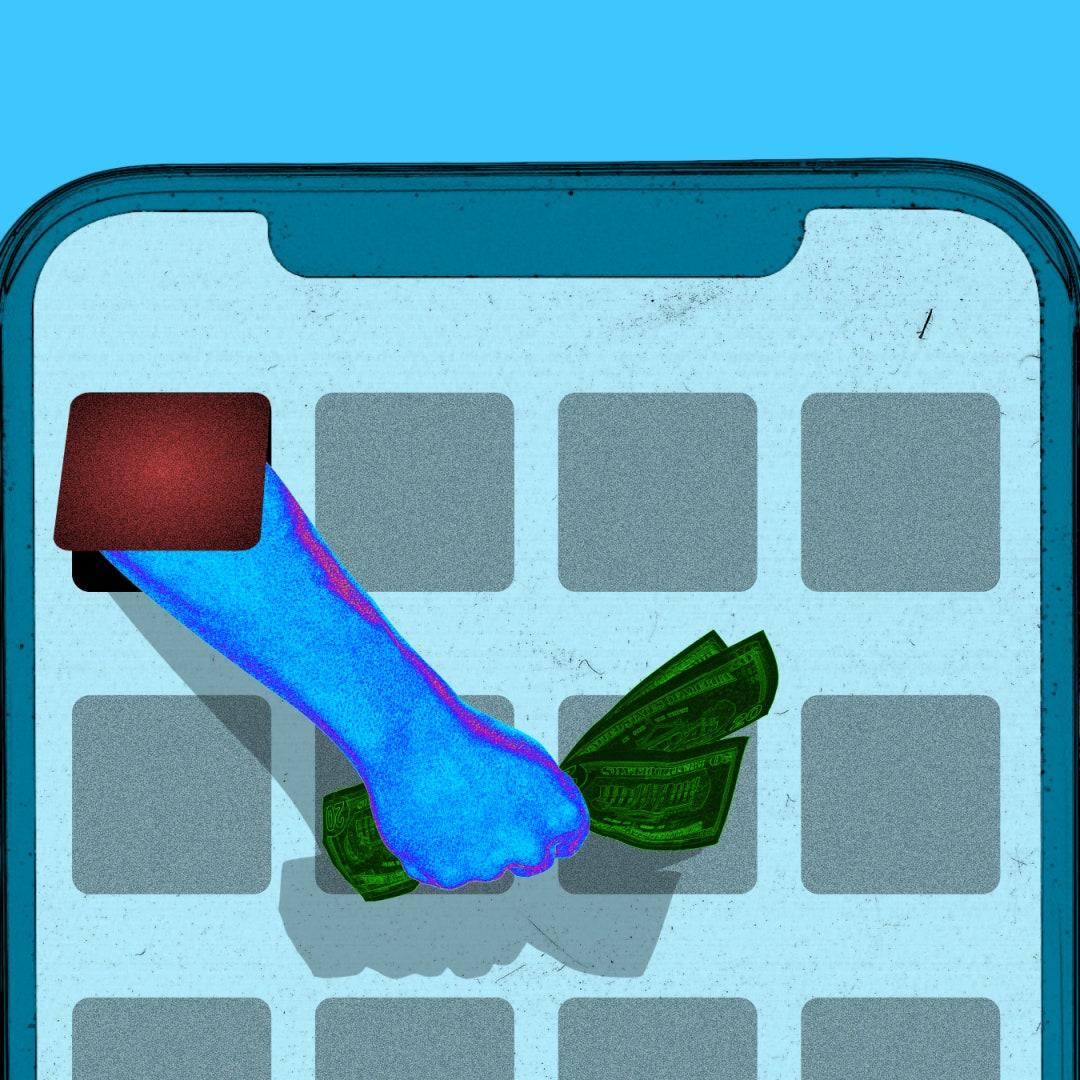In the vast ecosystem of mobile applications, convenience and innovation often come at a hidden cost. Recently, a shadowy corner of the app marketplace has surfaced, revealing a costly trap known as “fleeceware.” These seemingly harmless apps have quietly siphoned an astonishing $400 million from unsuspecting users, turning simple downloads into expensive regrets. As the line between legitimate subscriptions and deceptive charges blurs, it’s time to unravel the fleeceware phenomenon and understand how millions have fallen victim to this modern digital con.
Unmasking the Fleeceware Phenomenon and Its Impact on Consumers
In recent years, a new breed of mobile applications known as fleeceware has emerged, quietly draining millions from unsuspecting users worldwide. These apps typically lure consumers with free trial offers, only to trap them in hidden subscription models that charge exorbitant fees once the trial period ends. Unlike traditional scams, fleeceware apps often operate legitimately within app stores, making them harder to detect and remove. Their cloak of legitimacy allows them to masquerade as helpful tools-fitness trackers, photo editors, or utility apps-while siphoning off hundreds of dollars through recurring payments consumers barely notice until the damage is done.
The impact on consumers is significant, not just financially but psychologically, as it erodes trust in app marketplaces and digital transactions. To better understand the modus operandi of fleeceware, consider this breakdown of their common tactics:
- Excessively high subscription fees disguised behind seemingly normal service charges.
- Automatic renewal policies buried deep within lengthy user agreements.
- Minimal app functionality offered during free trials, with full access locked behind costly paywalls.
- Difficulty in canceling subscriptions, leading users to pay long after they intended to quit.
![]()
How Fleeceware Exploits Subscription Models to Drain User Wallets
At the heart of fleeceware’s deceptive strategy lies a cunning manipulation of subscription models. These apps offer free trials or low-cost introductory periods that seem harmless at first glance. However, hidden within fine print or buried in complex cancellation processes, users unknowingly commit to exorbitant recurring charges. The real trap is the app’s ability to charge monthly fees that dwarf their initial cost, often without any meaningful service improvement or user consent renewal.
Common tactics fleeceware apps use include:
- Appearance of a one-time purchase but switching to subscription after trial ends
- Automatic renewal with no clear notification or easy opt-out
- Confusing user interface that discourages cancellations
- Hidden charges outlined in lengthy terms and conditions
| Aspect | Fleeceware Strategy | User Impact |
|---|---|---|
| Pricing | Low initial cost, then high monthly fees | Unexpected high charges on credit cards |
| Trial Period | Short free trial with automatic transition | Unaware users get locked in quickly |
| Cancellation | Complicated opt-out procedures | Frustrated users unable to stop payments |

Practical Steps to Identify and Avoid Fleeceware Apps on Your Devices
To protect your wallet from fleeceware traps, start by scrutinizing apps before installation. Check for excessive subscription fees that far surpass the app’s value. User reviews often reveal hidden charges or misleading trial periods, so give them a careful read. Also, verify developer credentials and the number of downloads-legitimate apps usually come from reputable sources and have larger user bases. Avoid apps that aggressively push for subscriptions with minimal free functionality.
Once an app is installed, monitor your subscriptions regularly and set reminders for trial expiration dates. Many fleeceware apps tempt users with “free trials” only to charge high fees after a few days, often without proper notification. Use your device’s built-in subscription management tools to identify active billing agreements and cancel suspicious ones promptly. Here’s a quick reference to spot red flags:
| Warning Sign | What to Do |
|---|---|
| High subscription fees | Compare prices with similar apps |
| Short trial periods | Set calendar alerts for cancellations |
| Vague app descriptions | Research developer info online |
| Overly positive user reviews (possible fake) | Look for detailed, balanced feedback |

Strategies for Regulators and Developers to Combat Fleeceware Scams
To dismantle the intricate web of fleeceware scams, regulators must prioritize robust policy frameworks that enforce transparency in app subscription models. Implementing mandatory, clear, and upfront disclosures about trial periods and subscription fees can empower users to make informed decisions. Additionally, regulatory bodies should collaborate internationally to monitor, flag, and swiftly remove suspect applications from marketplaces. Encouraging regular audits and imposing significant penalties for misleading practices will create a deterrent effect, pressuring developers to adopt ethical pricing structures.
Developers, meanwhile, have a crucial role in restoring consumer trust by embedding ethical design principles within the app lifecycle. Beyond avoiding deceptive billing, they should innovate around simple cancellation processes and granular subscription controls that users can access effortlessly. Educational campaigns promoting digital literacy can also mitigate users’ vulnerability to fleeceware by highlighting common warning signs. Below is a concise guide outlining key measures developers and regulators can embrace:
- Transparent Subscription Terms: Clear, accessible pricing and trial information.
- Easy Cancellation: One-click unsubscribe mechanisms within apps.
- Collaborative Oversight: Cross-border cooperation to identify and ban harmful apps.
- User Education: Resources that inform users about fleeceware risks.
- Regular Audits: Ongoing app reviews to ensure compliance with guidelines.
| Stakeholder | Key Responsibility | Impact |
|---|---|---|
| Regulators | Enforce clear disclosure laws | Enhances market transparency |
| Developers | Design user-friendly subscription controls | Builds consumer trust |
| Marketplaces | Quick removal of flagged apps | Minimizes user exposure |
In Summary
As the dust settles on the staggering $400 million fleeceware scam, one thing is clear: vigilance is our best defense in the digital age. These apps may slip through the cracks of app stores’ watchful eyes, but a cautious user-armed with knowledge and a skeptical click-can outsmart even the craftiest schemes. In a world where convenience often comes at a cost, let this be a timely reminder: not every download is free, and not every subscription is obvious. Stay informed, stay alert, and let your next tap be a step toward safer, smarter app experiences.

